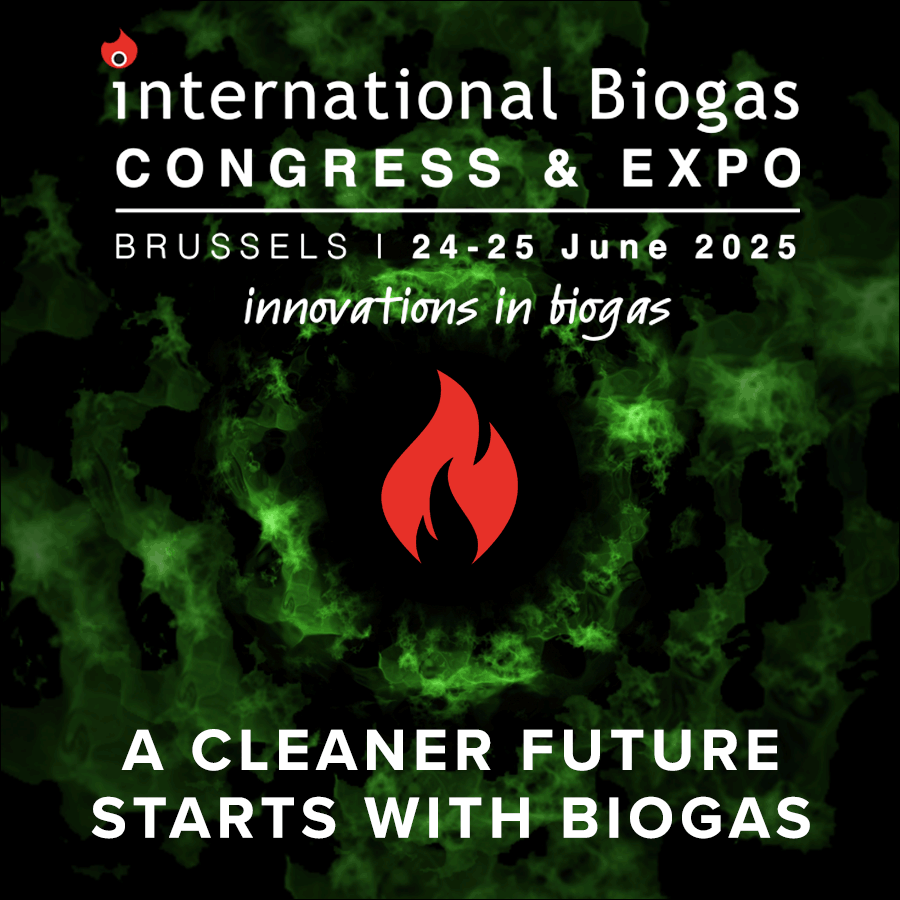SoCalGas announces collaboration for biogas-to-biomethane research project

This approach could mark a significant advancement in power to gas technology and underscores the viability of potential for synthetic biomethane to help decarbonise natural gas infrastructure and its end uses from residential heating to manufacturing industries and transportation.
SoCalGas has contributed to the project's technical development and helped provide funding, which was also supported by a $1 million (€920.2 million) grant from the Department of Energy (DOE).
"This technology is not just an innovative approach to energy generation; it has the potential to be a versatile solution that aligns with California's vision for carbon neutrality by 2045," said Jawaad Malik, chief strategy and sustainability officer at SoCalGas.
"This project demonstrates our aspirations for a sustainable energy future and highlights how strategic collaborations can yield solutions designed to benefit the environment, the economy and our communities."
If developed at scale, this technology could increase the yield of RNG produced from carbon dioxide sources like anaerobic digesters, landfills, dairies, fermentation facilities or industrial processes.
The hybrid bioreactor and electrolyser system harnesses the power of Electrochaea's proprietary microbial biocatalyst, which consumes hydrogen and carbon dioxide, transforming these inputs into RNG.
The two-year project aims to efficiently combine the processes of electrolysis and methanation in one streamlined unit. A single unit would simplify how the system works, bring efficiency, lower costs, and have a potential to adjust to changing energy demand and renewable electricity sources.
"We believe this technology will help enable decarbonisation of the natural gas grid infrastructure by providing a renewable source of natural gas," said Simon Pang, a materials scientist in LLNL's Materials Science Division who heads the project.
"This renewable natural gas can be moved and used in existing infrastructure, allowing the technology to be deployed soon to meet green energy demand.
"Moreover, by producing pipeline-quality renewable natural gas from biogas, we can increase the value of biogas and reduce the likelihood that it will be vented to the atmosphere, reducing greenhouse gas emissions and improving local air quality."
The two-year project aims to efficiently combine the processes of electrolysis and methanation in one streamlined unit.
A single unit would simplify how the system works, bring efficiency, lower costs, and have a potential to adjust to changing energy demand and renewable electricity sources, said the company.


























